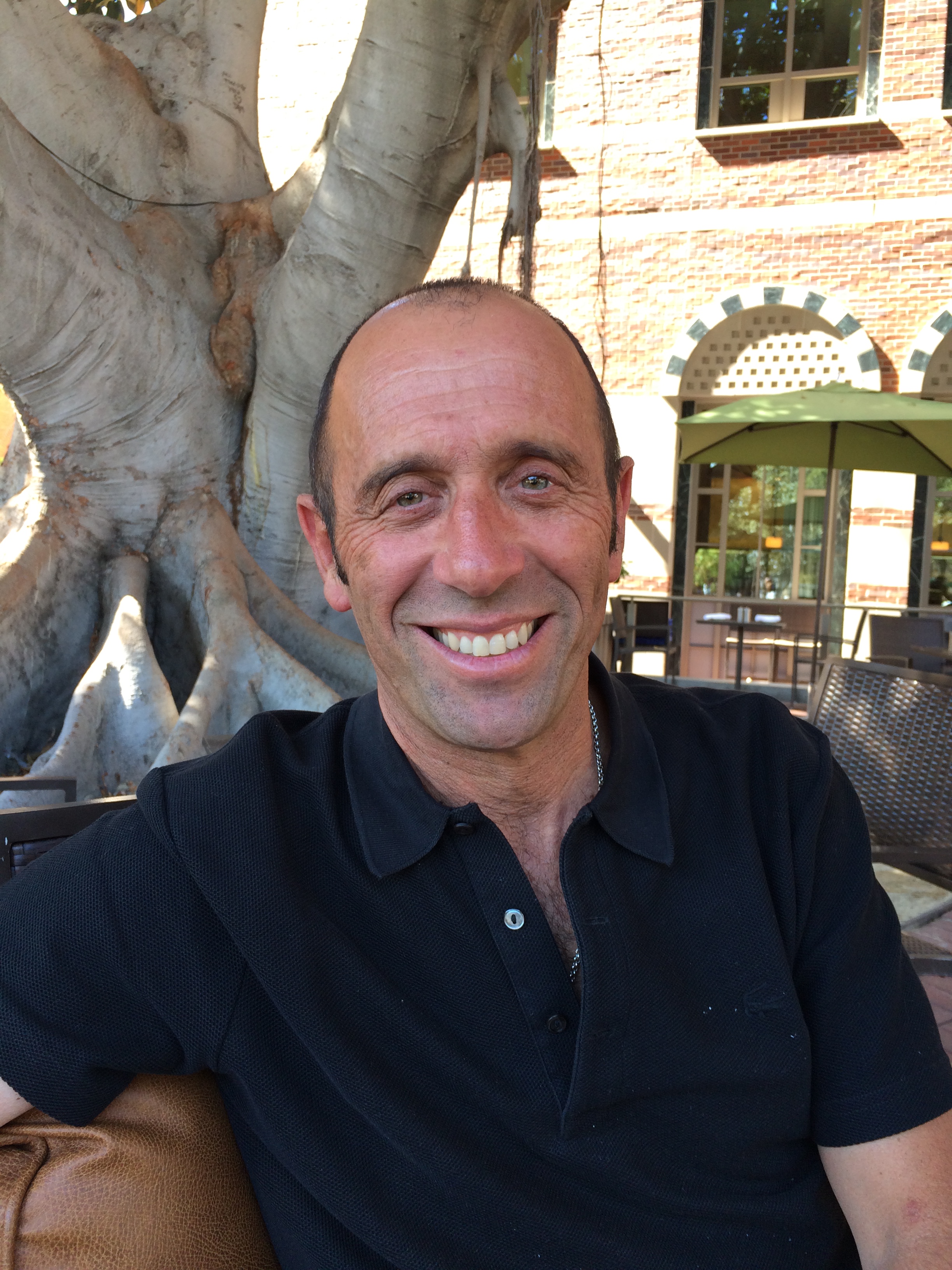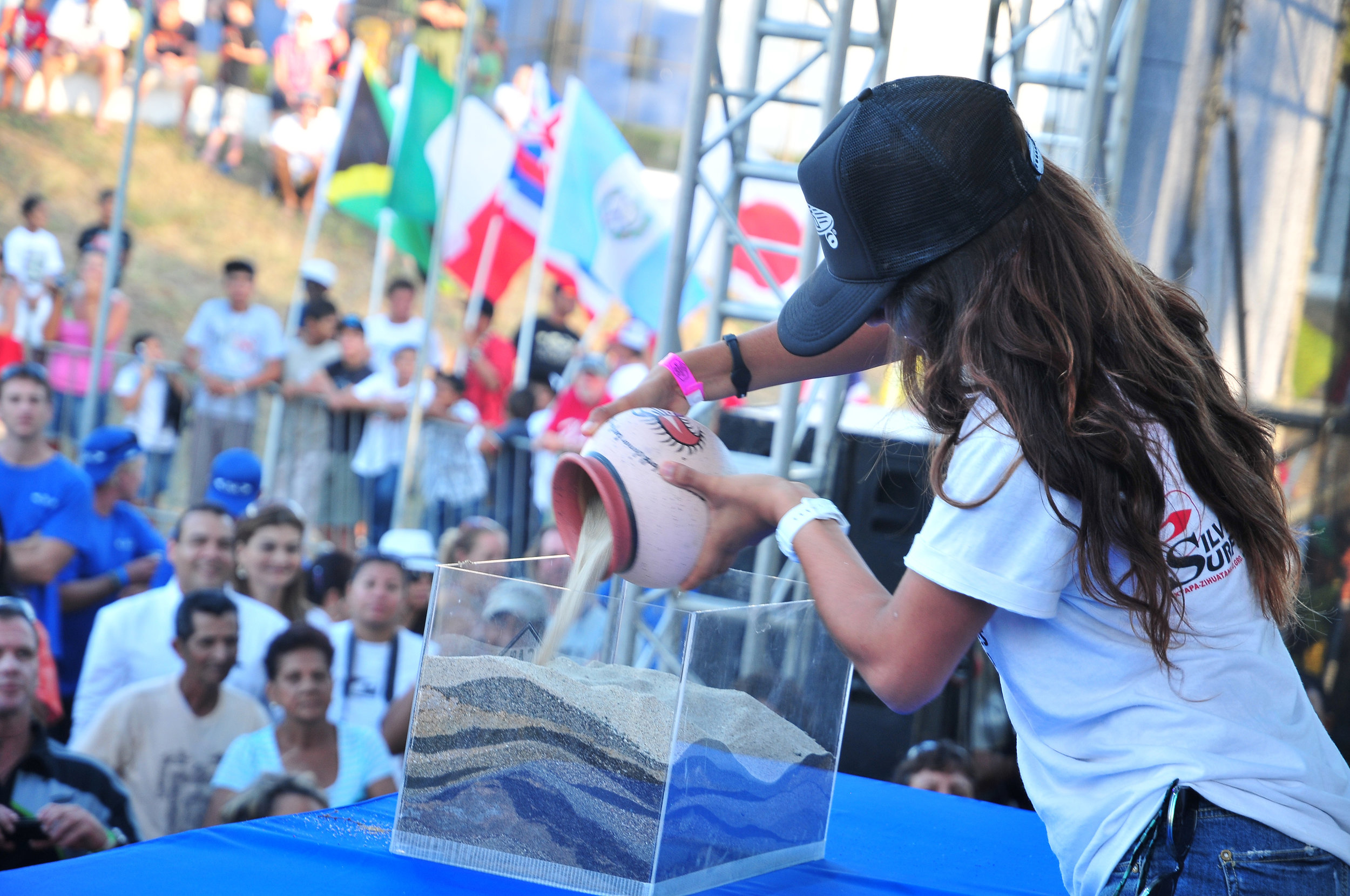Hard to believe but snowboarding, which is basically now the it-sport of the Winter Games, has been on the program only since 1998. It has really been a big deal only since 2002, when halfpipe took off. The International Olympic Committee has had one undisputed big winner in recent years at the Summer Games: beach volleyball. BMX? Kinda. The real ticket is at the beach, with the hard bodies in their bikinis or board shorts and the California-cool, surfer-dude lifestyle.
This is the farthest thing from rocket science. With the IOC in the midst of a potentially far-reaching review and reform program — all the members meeting in Monaco in December to debate President Thomas Bach’s so-called “Agenda 2020” program — the time is right to figure out how, or better yet how now, to get the sport that’s at the core of it all into the Games: surfing.
Again, this is super-obvious.
There’s nothing like surfing on the program. (Windsurfing is totally different. It’s a sailing sport.) And if you think beach volleyball is a hot ticket, the sort of thing that has proven its appeal to the very demographic the IOC is trying to reach — hello, surfing?
Think again what snowboarding has done for the Winter Games. Now imagine what surfing could do for the stagnant Summer Games.
You think, just as a for instance, the IOC would be delighted to count on super big-wave surfer Laird Hamilton as an ambassador?
In considering surfing for the Games, what’s different from prior years is the advent of artificial wave technologies. That makes the sport far more accessible and controllable — and thus do-able in an Olympic context. Translation: surfing no longer has to rely -- indeed, should not have to count on -- having a nearby ocean.
Big, big, big picture: surfing right now is practiced by about 35 million people worldwide, according to estimates. Artificial wave technology is likely going to explode the sport’s potential, bringing it to hundreds of millions, if not billions, of people everywhere on Planet Earth, people not lucky or wealthy enough to live by the sea. The IOC is often at the forefront of showcasing precisely this sort of growth (see Summer Games Rio 2016 — first time in South America, Winter Games Pyeongchang 2018, first Winter Olympics in South Korea).
Currently, the International Surfing Assn. counts 89 member nations. For 2015, it plans to rocket past 100; 20 more nations are in the pipeline.
As this space has pointed out before, it’s skateboarding’s time in the Games, too. For many if not all the same reasons.
The thing that makes surfing such a remarkably easy sell is the guy at the top — Fernando Aguerre, 56, the ISA president, who is up for re-election next week at the federation’s meetings in Peru.
Aguerre, born and raised in Mar del Plata, Argentina, has lived in the seaside San Diego neighborhood of La Jolla for roughly 30 years. The story is perhaps well known about how he and his brother, Santiago, started Reef Sandals from scratch; they sold the company in 2005.
What is not as well known, maybe, is that Aguerre starts every day by surfing. Still. Typically, at 8:05 in the morning — his favorite spot is a break known locally as Windansea.
Name another international federation president who does that.
Aguerre and Nenad Lalovic, the president of the international wrestling federation, which now goes by the name United World Wrestling, are examples of the new faces — with first-rate passion, energy and ideas — who have arrived, and can be expected to be important for years, within the Olympic scene.
So, too, Marius Vizer, the International Judo Federation and SportAccord president.
Last year, when Aguerre was given the “Waterman” award — the surf industry’s highest honor — Bob McKnight, the executive chairman of the surfwear maker Quiksilver, referring to the way Aguerre views each day, said, “He’s always in attack mode,” adding, “He understands the business, understands the people, the culture, what we do, where it’s at, why we do it.
“I think he just looks at himself in the mirror every morning and asks, ‘Who am I? I’m Fernando, and I’m the man. I go attack!’ That’s how he has always been.”
Added pro big-wave surfer Greg Long, “I tell you one thing: Fernando loves to have a good time. That’s one of the first things I remember about him — his contagious energy and excitement. There’s the whole business side to him. Everybody knows that. They’ve seen that. They have seen what he has created — time and again in this industry. But, more importantly, the guy loves life.”
The IOC members see a lot of BS, a lot of false smiles. In Aguerre — who walked into his first Olympic meeting in 2007, not knowing a soul — they have seen authenticity.
With his brother, he started a company from scratch. They made it, and made it big. But — always — there is for Fernando Aguerre the memory of his grandmother in Argentina, who worked as a maid, and his grandfather, a taxi driver.
When Fernando was 15, his grandmother gave him a parka, which had to have cost her a big piece of that month's paycheck.
“She said,” he recalls, “you are too young to understand -- but giving is better than receiving. If you give a lot, you have a chance to be a better person.”
Later, when she was getting on in years, he said to her, what kind of flowers do you want for your funeral?
She said, “I want the flowers now because when I am dead I won’t be able to smell them,” and he says, “Appreciate what you have now. If you take that to the relationships with people then you have a richer relationship with the people in your life.”
Surfing — if you have ever done it — is huge fun. The only thing like it, of course, is snowboarding.
For Aguerre, however, it’s also about one-to-one change, and the way that change ripples out throughout our world.
There are the ISA scholarships aimed at helping kids in places such as Namibia and India.
There are stories like the one of Bali’s only 20-year-old female pro surfer — who says she is inspiring other girls to take up surfing.
Of a woman paralyzed in a car crash 18 years ago who had always dreamed of surfing — and went, duct-taped to the back of a big-wave rider.
There are the conversations Aguerre has had with presidents, prime ministers, tourist ministers and other leaders — in Panama, Nicaragua and Costa Rica, among other places. In Costa Rica, the official numbers last year showed 2.4 million visitors, of whom 10 percent were surfers, or 240,000. Their average expenditure: $1440. The math: $345 million.
“For Costa Rica, that’s not small change,” Aguerre said.
“For me,” he said, “I feel like my role as an international federation president is not just to develop the sport or run high-quality world championships — to be sure there is fair play and no doping, all the things a president must do.
“It’s also to educate leaders about the powerful relevance of surfing as a social and economic force. That is probably what catches most people by surprise.”
Really, it’s time. Surfing in the Games. As soon as possible.





